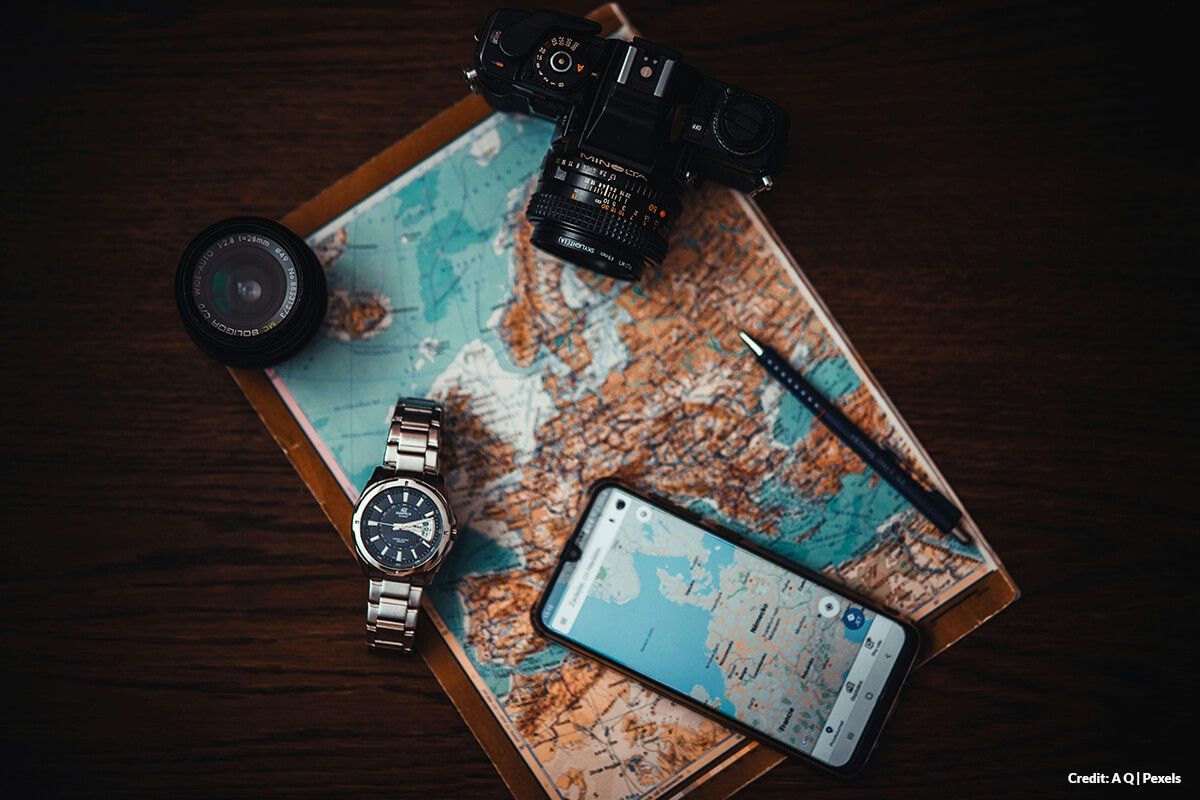Travelling solo is a thrilling way to explore the world, but it can often seem costly. However, with strategic planning, you can see incredible places without emptying your wallet. From budget-friendly destinations to smart financial strategies, solo travel on a tight budget is entirely achievable.
Why Choose Budget-Friendly Solo Travel?
Solo travel offers freedom and flexibility, but financial limitations can discourage many people. Opting for
budget-friendly travel ensures you can explore without unnecessary financial stress. It also fosters creativity in planning your journey, making the experience more rewarding.
Exploring affordable destinations allows you to stretch your travel funds further, letting you experience local cultures in unique ways. Additionally, solo travel builds self-reliance and decision-making skills, all while letting you indulge in your passion for exploring.
How to Plan an Affordable Solo Adventure
Proper planning is the foundation of a successful and budget-conscious solo trip. By being intentional with your research and preparations, you can maximize your resources.
1. Select Affordable Destinations
Your destination greatly impacts your overall costs. Choose places known for being wallet-friendly, such as Southeast Asia, Eastern Europe, or Central America. These regions offer affordable accommodation, food, and transport options.
For example, countries like Thailand and Vietnam provide rich cultural experiences without steep prices. Cities like Budapest or Kraków in Europe also offer historic charm and inexpensive amenities. Prioritize destinations where the cost of living aligns with your budget.
2. Use Travel Deals and Rewards
Take advantage of discounts, deals, and travel rewards programs. Use fare comparison websites to find cheap flights and sign up for alerts on discounted rates. Booking flights during off-peak seasons or midweek often results in significant savings.
Credit card rewards can also reduce travel costs. Points accumulated through daily spending can often be redeemed for flights, accommodations, or car rentals, easing financial pressure on your trip.
3. Pack Light and Smart
Packing strategically can save money on baggage fees and make your travels smoother. Pack versatile clothing that can be layered, and ensure your items fit within carry-on luggage.
Packing light also helps you avoid costly overweight baggage fees. Additionally, having essentials like a reusable water bottle, portable charger, and travel-sized toiletries ensures you won’t need to buy these items during your trip.
Money-Saving Tips During Your Trip
Once you’re on your adventure, keeping expenses low requires awareness and smart decision-making. Small adjustments can lead to big savings.
1. Stay in Budget-Friendly Accommodation
Hostels, guesthouses, and budget hotels offer affordable options for solo travellers. Platforms like Airbnb and Couchsurfing also connect you to economical stays and unique experiences.
For solo travellers, hostels provide not only affordability but also an opportunity to meet others and gain local tips. Many hostels offer kitchen facilities, letting you save further by preparing meals yourself.
2. Eat Like a Local
Dining at local restaurants or street food stalls is an excellent way to save money while enjoying authentic cuisine. Avoid tourist-heavy areas where prices are inflated.
Markets and food courts often offer diverse and inexpensive meal options. Trying local dishes also enriches your travel experience, providing a taste of the culture without exceeding your budget.
3.Use Public Transportation
Public transportation is typically much cheaper than taxis or rideshares. Buses, trains, and subways can efficiently connect you to major attractions.
Many cities also offer day passes for unlimited travel on public transit, saving money if you plan to visit multiple locations. Walking or renting a bike is another cost-effective way to explore while staying active.
Making the Most of Financial Flexibility
Managing finances effectively during solo travel can help you adapt to unexpected expenses and take advantage of spontaneous opportunities. It’s essential to have a plan for funding your trip.
1. Create a Realistic Budget
Before your trip, outline a budget that includes all potential expenses, such as accommodation, meals, transport, and activities. Be honest about your spending habits to avoid financial stress.
Track your daily expenses during your travels to ensure you stay within your budget. Apps like Trail Wallet or Splitwise can simplify expense management, keeping you on track without hassle.
2. Leverage Financial Tools for Emergencies
Unplanned costs can arise, no matter how well you plan. Having access to quick financial resources ensures your trip isn’t disrupted. Look into
instant approval for online loans as a reliable backup for emergencies or last-minute opportunities.
This option provides peace of mind, especially when you’re far from home. Quick access to funds can be the difference between solving an issue promptly or facing unnecessary stress.
3. Choose Flexible Payment Solutions
Services like
Lamina brokers offering online installment loan options can provide flexible repayment plans, allowing you to borrow funds without overextending your budget. This option is particularly useful for unexpected costs or opportunities to enhance your trip.
These loans can be customized to suit your financial capacity, helping you maintain financial stability while enjoying your travels. Always research and choose trustworthy brokers for a seamless experience.
Save More with These Budget-Friendly Hacks
Beyond typical cost-saving strategies, these lesser-known tips can help you stretch your travel budget even further.
1. Travel Off-Season
Visiting destinations during their low season means lower prices on flights, accommodations, and attractions. You’ll also encounter fewer crowds, making for a more relaxed experience.
For example, travelling to Europe in the winter or Southeast Asia during the rainy season often results in significant discounts. Adjusting your travel dates slightly can save you a considerable amount.
2. Use Free Activities and Attractions
Many destinations offer free or low-cost attractions, such as museums, parks, and cultural events. Research beforehand to find activities that fit your interests without straining your budget.
Walking tours are another great way to explore for free while learning about the area’s history and culture. Some cities even offer donation-based tours, making them an affordable option.
3. Avoid Unnecessary Fees
Foreign transaction fees, ATM withdrawal charges, and roaming costs can add up quickly. Use a travel-friendly credit card that doesn’t charge international fees, and consider purchasing a local SIM card for affordable communication.
Planning ahead ensures you avoid these hidden costs. Additionally, notify your bank about your travel plans to prevent issues with card usage abroad.
Plan Your Dream Trip with Lamina’s Support







